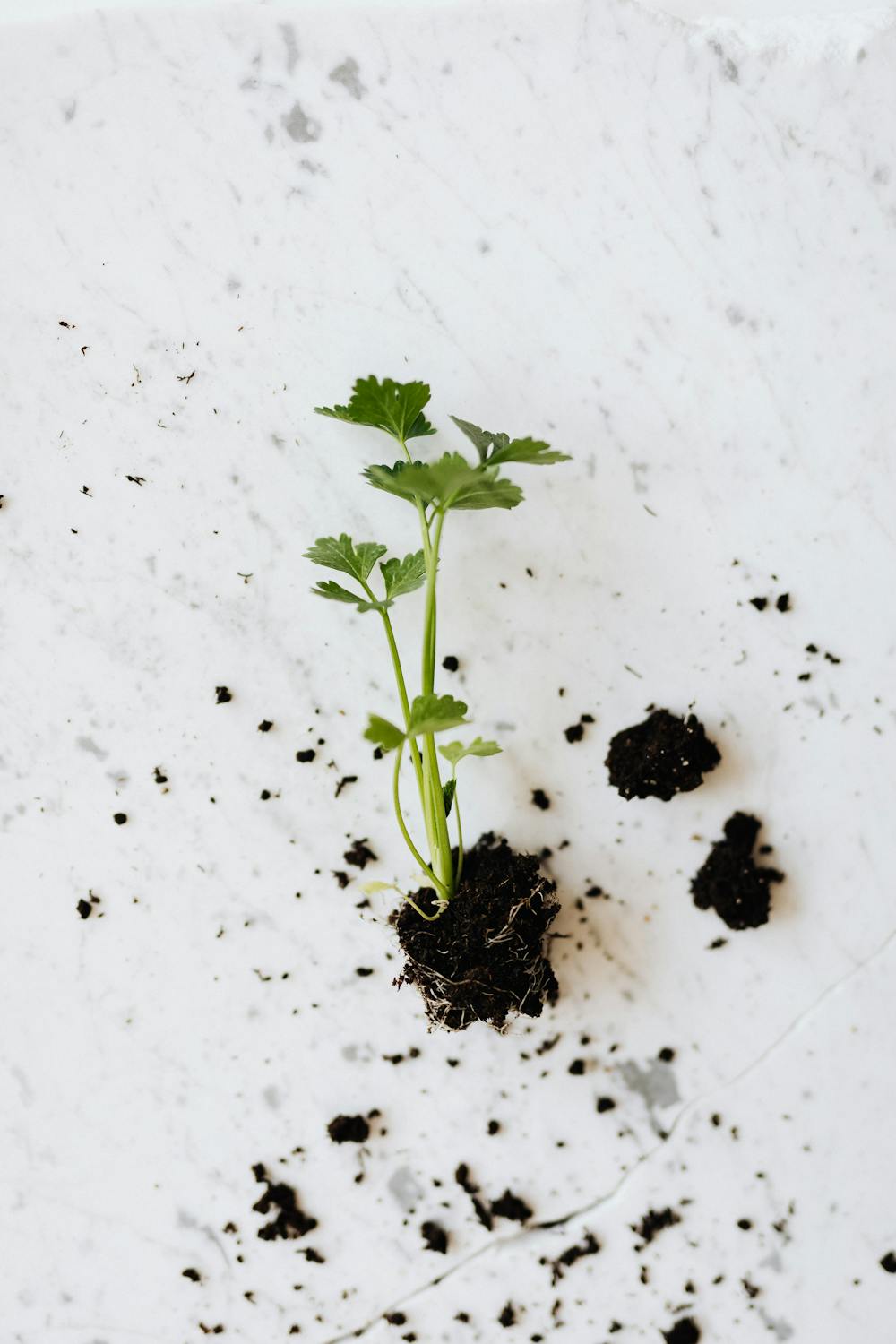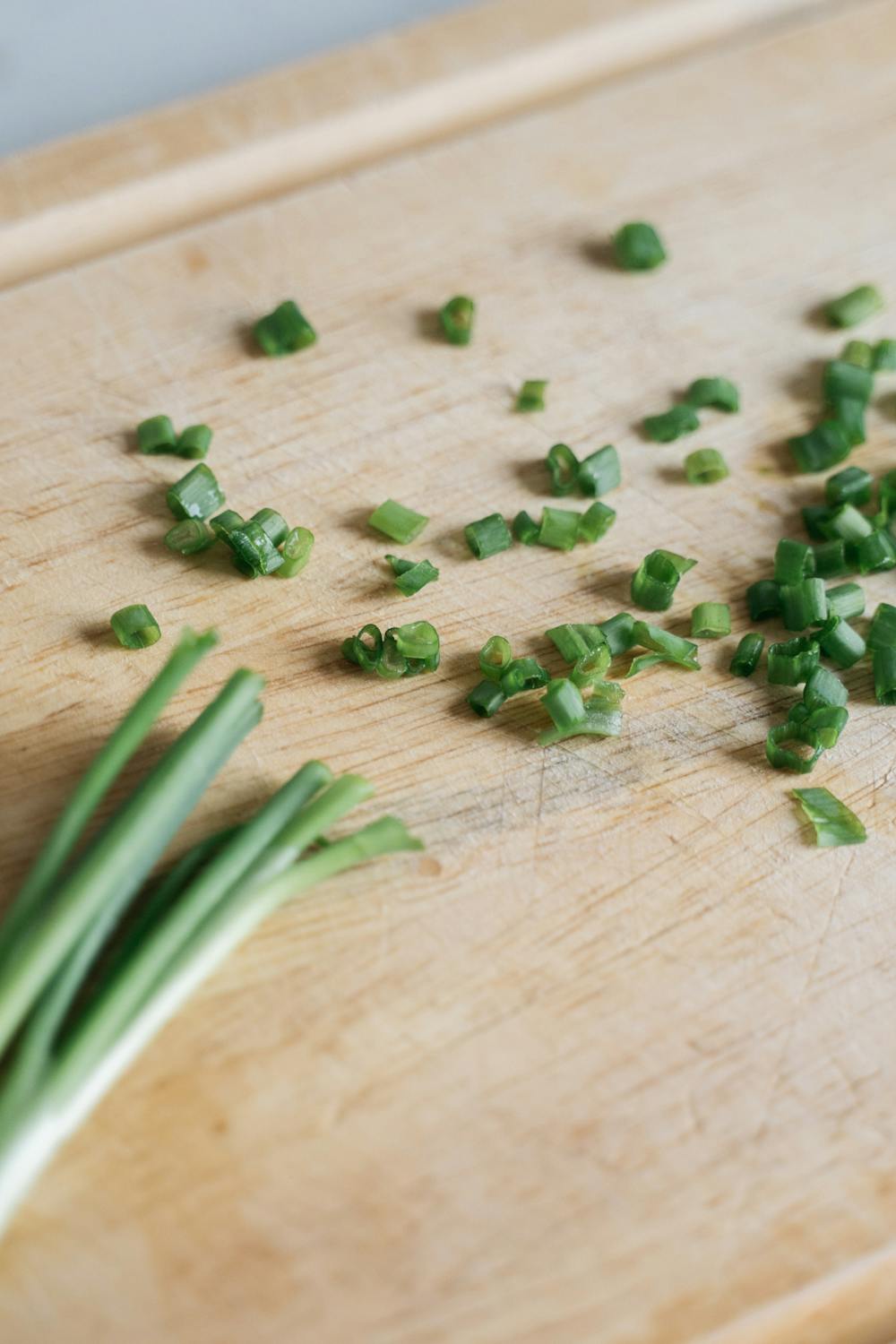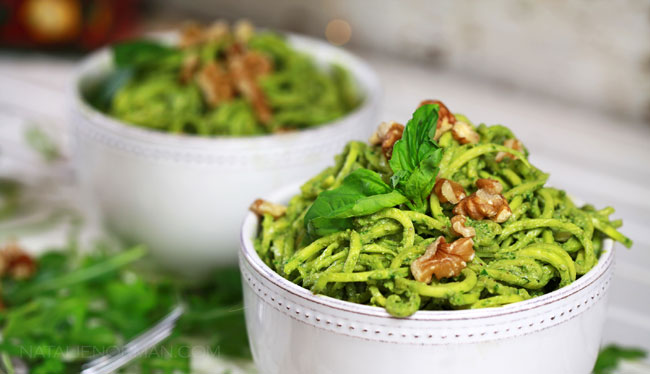If you want to elevate your cooking, herbs are a must. They enhance the flavor of most dishes without the need for extra salt, and research suggests they’re quite good for us, too. Like many fruits and vegetables, herbs contain vitamins and plant compounds with antioxidant and anti-inflammatory properties, albeit in smaller amounts. While it’s easy to stock up on herbs at the grocery store, it’s arguably more fun and rewarding to grow them yourself. And good news: Summer is the perfect time to start.
Can you grow herbs in the summer?
Because many herbs thrive in warm weather, summer is an ideal time to start growing them. But there are a few things you need to know before you start planting. Most herbs need a lot of direct sunlight (a minimum of six hours daily), so try to choose a sunny spot in your yard. If you’re short on outdoor space, a well-lit area on your balcony or windowsill will work, too.
 Pexels
Pexels
Herbs also require plenty of water, so keep an eye on the soil and ensure it stays moist (but not waterlogged). To help the soil retain water, consider applying a layer of mulch around the herbs, which will also help to keep the roots cool. And finally: harvest regularly with sharp scissors. Snipping away will encourage more growth from your herbs and prevent them from flowering.
Not sure which herbs to start with? We’ve listed some of the best ones to grow this summer (and the best ways to eat them, too, of course).
7 tasty herbs to grow this summer (and the best ways to eat them)
From basil to chive, here are the best herbs to grow this summer, plus recipes to make with them.
1 Basil
Basil comes in many different varieties, including sweet basil, lemon basil, and Thai basil, but in general, this popular green herb is sweet, fragrant, peppery, and versatile. You’ll often find it in Italian cuisine, but it can be used in many different dishes, including salads, sauces, soups, and so much more.
Growing tip: This herb loves the sun, so keep it in full daylight as much as possible.
Try it in a recipe: Walnut Basil Pesto With Zucchini Noodles
2 Mint
There are a few different varieties of mint you can grow, including peppermint and spearmint. With its menthol flavor, this herb is refreshing and cooling, and ideal for use in desserts (hello, mint chocolate chip) and cocktails (looking at you, mojito).
Growing tip: This herb infamously likes to spread, so to keep it under control, it’s best grown in a pot.
Try it in a recipe: Boozy Ginger-Peach Mint Sangria
 Pexels
Pexels
3 Dill
With its distinctive, grassy flavor, dill can be an acquired taste, but those who love this herb tend to eat it with seafood dishes and in sauces and dips, like tzatziki. It’s also, of course, integral in the process of pickling dill pickles.
Growing tip: This herb can grow quite tall, so keep it pruned if you’re keeping it on the windowsill.
Try it in a recipe: Vegan Chickpea Tacos With Creamy Cashew Dill Sauce
4 Cilantro
Cilantro is a popular ingredient across many different cuisines, thanks to its bright, fresh taste. For example, it’s a staple in many Mexican salsas, and you’ll also often find it in Indian chutneys, as well as Middle Eastern tabbouleh.
Growing tip: This herb likes to be in full sun, but it will also do just fine in a lightly shady spot.
Try it in a recipe: Roasted Turmeric Cauliflower With Cilantro and Mint
 Pexels
Pexels
5 Parsley
Parsley has a slightly earthy taste, but it’s not overpowering, which means it’s a versatile, inoffensive herb, loved by people all over the world. It’s another key ingredient in tabbouleh, and it also features in dips like pesto and chimichurri, too.
Growing tip: Don’t overwater this herb, it likes to be moist, but not waterlogged.
Try it in a recipe: Vegan Fresh Herb and Fennel Chickpea Frittata
 Pexels
Pexels
6 Oregano
A staple of Mediterranean cuisine, you’ll find oregano in everything from Greek potatoes to Italian pizzas. The herb is particularly loved for its herbaceous, earthy, savory flavor and potent, distinctive aroma.
Growing tip: Oregano is drought-tolerant, so keep the soil well-drained.
Try it in a recipe: Vegan No-Knead Wild Blueberry-Oregano Bread
 Pexels
Pexels
7 Chives
Chives belong to the onion family, so they do have a mild onion flavor, but it’s much milder than other members of the family, like scallions or shallots, for example. They have many different culinary uses, but they’re particularly tasty when sprinkled over salads or (vegan) egg dishes.
Growing tip: This herb likes the full sun, but will also do just fine in partial shade.
Try it in a recipe: Vegan Chimichurri Avocado Salad
For more on summer cooking, read:
JUMP TO ... Latest News | Recipes | Guides | Health | Subscribe












